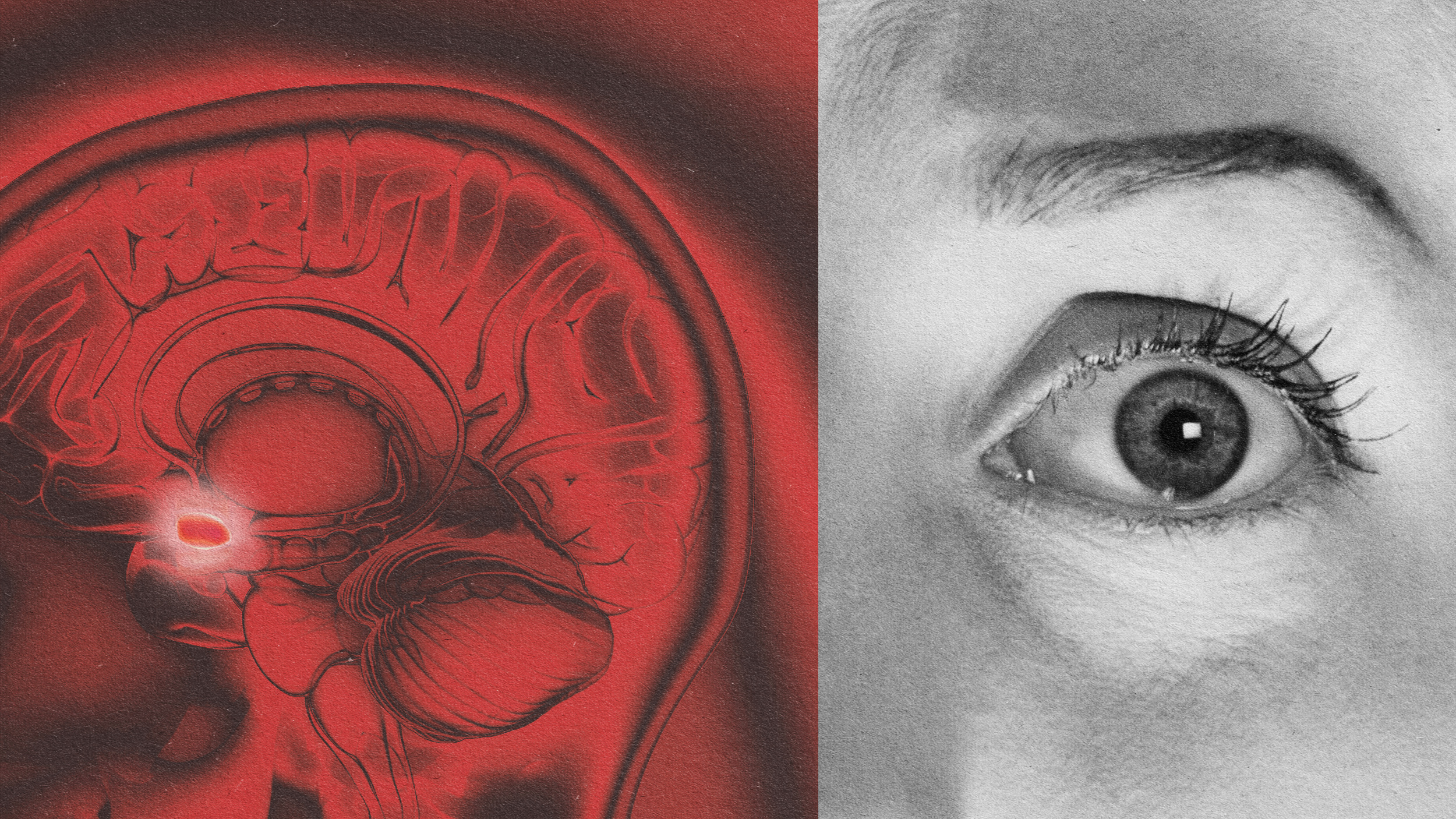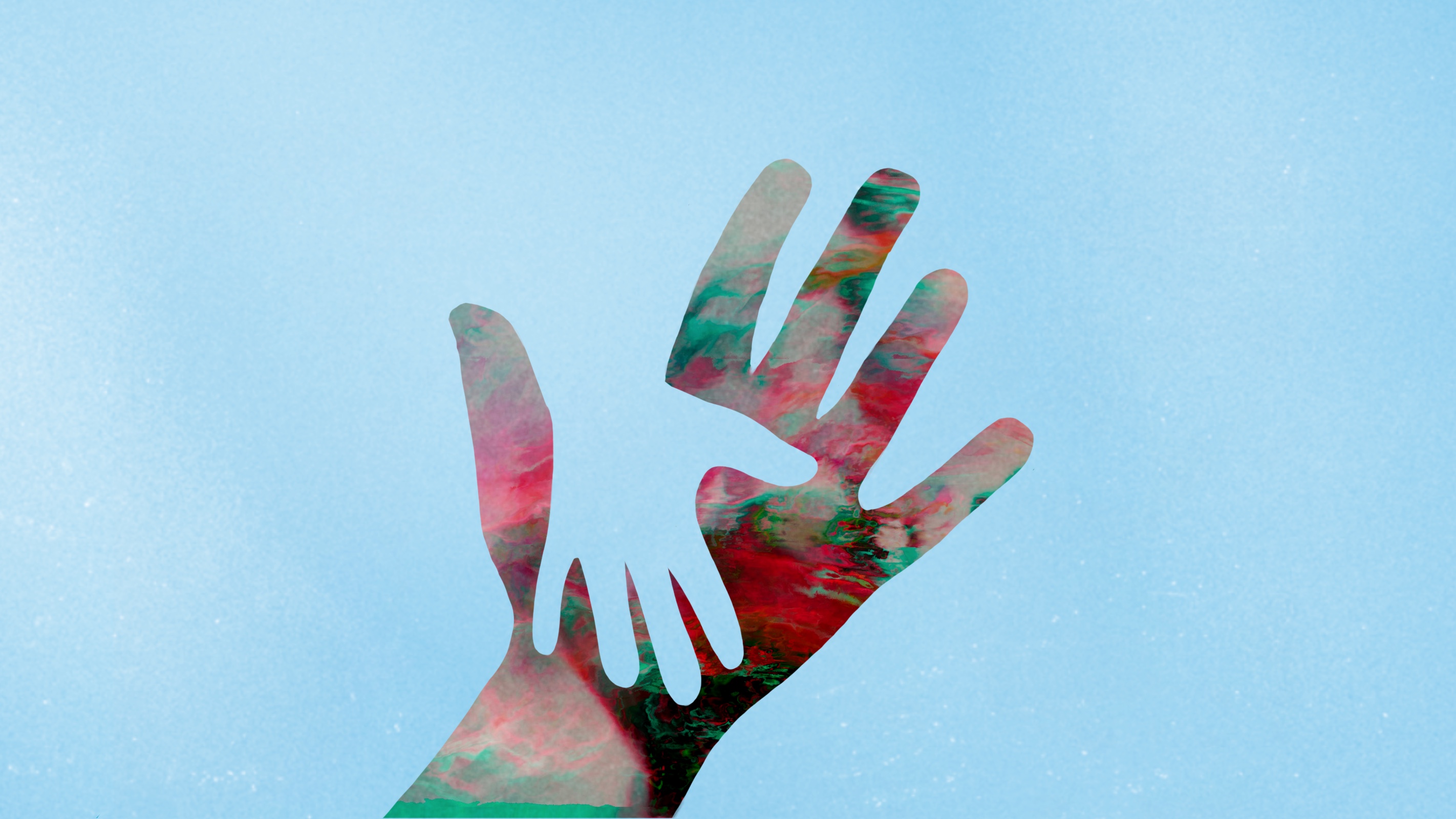How “somatic markers” can transform your decision-making

- There is a common misunderstanding of the brain, which goes back to ancient Greece, that our minds are either logical or emotional.
- Neuroscientist Antonio Damasio challenges the idea that emotion and reason are opposites, suggesting that emotional responses — aka “somatic markers” — play a significant role in decision-making.
- To apply Damasio’s concept in everyday life, we can actively repair relationships, tell better stories, and socialize more.
According to Buzzfeed, I’m an emotional kind of guy. Using their peer-reviewed, data-led research, I answered a series of questions about Disney characters and favorite holiday locations, only to find out that I’m all emotion. Ever since, my days have been a passion-soaked mania. I laugh at inappropriate things, I swear at the TV, I eat pizza for every meal, and I can’t be bothered to look after my toddler at 5 a.m. There’s no room for calculated thought anymore, and nothing is thought through. I’ve lost all my filters or social niceties; impulse is my middle name.
Recently, I’ve had cause to doubt Buzzfeed’s reputability.
Many in the Western intellectual tradition have inherited an idea, owed mostly to the Greeks, that emotion and reason are mirror opposites. You have feelings and thoughts, or Dionysius vs. Apollo. Yet the neuroscientist, Antonio Damasio, offers a counterpoint: “Somatic markers” are physiological responses that guide our decision-making. In other words, they are emotions that determine our reason.

In our working lives, we often try to be “professional.” We try to be impartial, objective, reasonable, and HR-compliant. We judge colleagues equally and park our biases outside with the car. But Damasio’s idea of somatic markers casts that into the flames. We can no more hang up our emotional baggage than we can self-lobotomize at our desks; our brains are not compartmentalized into reason vs. emotion. They come as a whole.
Here we look at what Damasio’s somatic markers mean and how they might affect each of our lives.
The baggage we carry
Memories are not simply cerebral, episodic moments from your past. If I ask you to imagine a picture of your mother on your first day of school or your first pet, you not only get a picture. You also get a range of accompanying emotions — often confused and surprising. Everything about our conscious mind is infused this way with feeling. What we’ve learned about the world gets stored rationally and emotionally. This means that when we go about interacting with the world, we bring up accompanying feelings, which are known as “somatic markers.”
For example, let’s imagine Olga has only ever been in toxic relationships; every partner she’s had has been abusive. As such, she has developed certain somatic markers whenever she experiences toxic behaviors in her partners. When someone puts her down, is dismissive, or is peculiarly secretive about certain things, Olga has a visceral, bodily response. Her heart races, her head aches, her palms sweat, she doesn’t sleep, and so on.
Damasio’s point is that these markers will go on to influence how we make a decision. Olga might call her partner out on their behavior. She might run for the hills and ditch them. Or she might decide to keep such toxicity in her life. We find somatic markers in any walk of life — any arena which involves major decisions and involves “history.” Our past encounters with X or Y will determine how we bodily and emotionally respond to re-encountering X or Y in the future. Our feelings set the parameters of our deliberation.
Applying the markers
If we know that we bring a whole lot of ourselves to every situation, how can we adapt? How can we apply Damasio’s hypothesis to our everyday lives? Here are three pieces of advice:
Restore and repair. You’ve just had a hard conversation with someone — a colleague, a boss, or a team worker. It wasn’t quite a formal warning, but it wasn’t far off. Being human, you’ve gone into defensive and awkward mode. You avoid that person as much as possible. Communication is reduced to the bare minimum of grunts and nods. The “somatic marker” now is one of tension. The problem is that you need to collaborate with this person. You cannot just freeze out a member of your team. According to one 2016 study about “difficult conversations” involving Australian nurses, one of the key elements to repairing a relationship post-conversation is to restore confidence. The “loss of face” is the biggest factor in damaging a relationship. So, the best way to repair this is to remind someone of their successes. Give them jobs. Show that you still trust and respect them. You need to puff them up again.
Create emotional resonance. Harnessing the power of somatic markers is a key element of marketing and has been known for decades (if not by Damasio’s terminology). Mad Men’s Don Draper — channeling Maya Angelou through the artful chicanery of screenwriting — once said, “People will never forget how you make them feel,” and there’s truth there. When you sell a product, you need it to connect to some kind of emotion. It needs to have a narrative. If what you say doesn’t emotionally resonate then it won’t stick. To do this, you need to think about storycraft. On Big Think+, Beth Comstock, former Vice Chair of GE and author of Imagine It Forward, gives advice about how to leverage the power of stories. “I’m a big believer in this notion of mindshare before market share,” she tells Big Think+. “I’m a big believer as a brand builder that your goal is to build a story that people relate to.”
Look beyond the job description. Somatic markers revise an important point in emotional intelligence more broadly: everyone has their own stories to tell and their own journey to the now. When someone walks into the room, they have a truckload of baggage on their back. This might have to do with concepts, such as “What does hard work look like?” or it might be emotional somatic markers. Be attentive to your colleagues reactions and, more than anything, communicate with one another. Find out a little about someone’s life. It’s easy in a workplace to go from meeting to meeting and to see the job description before the name tag. But it’s not only emotionally intelligent to socialize with one another; it’ll also make your interactions with others more efficient. What’s more, it’ll make employees better at their jobs.





